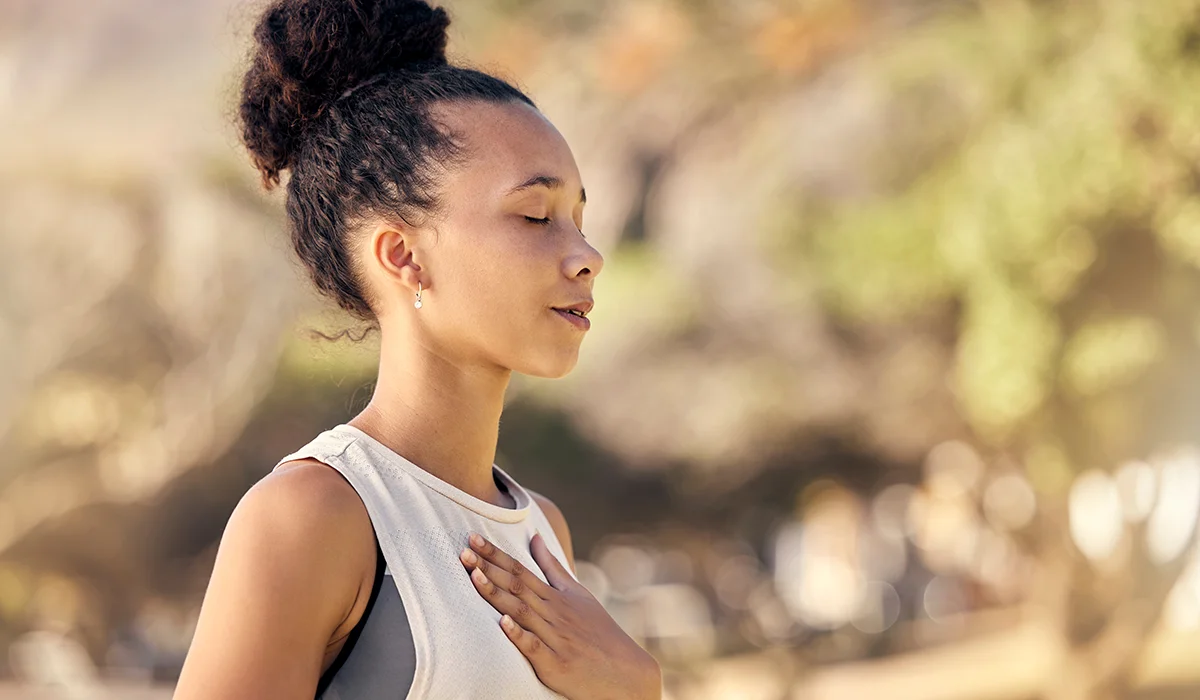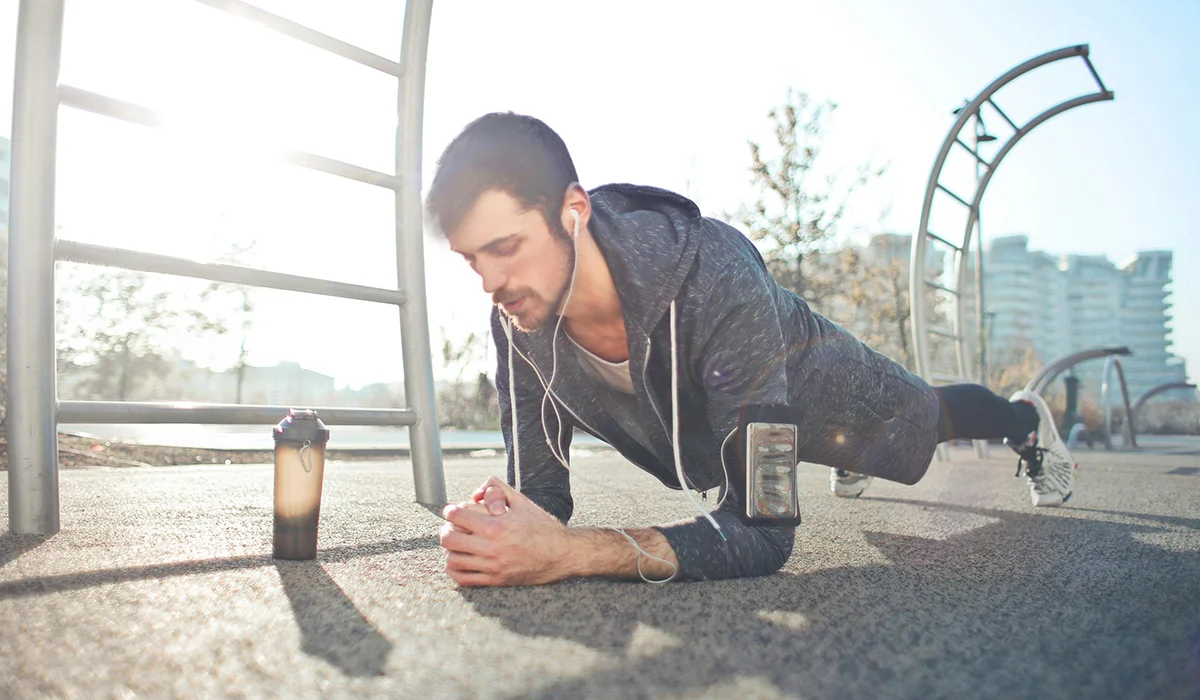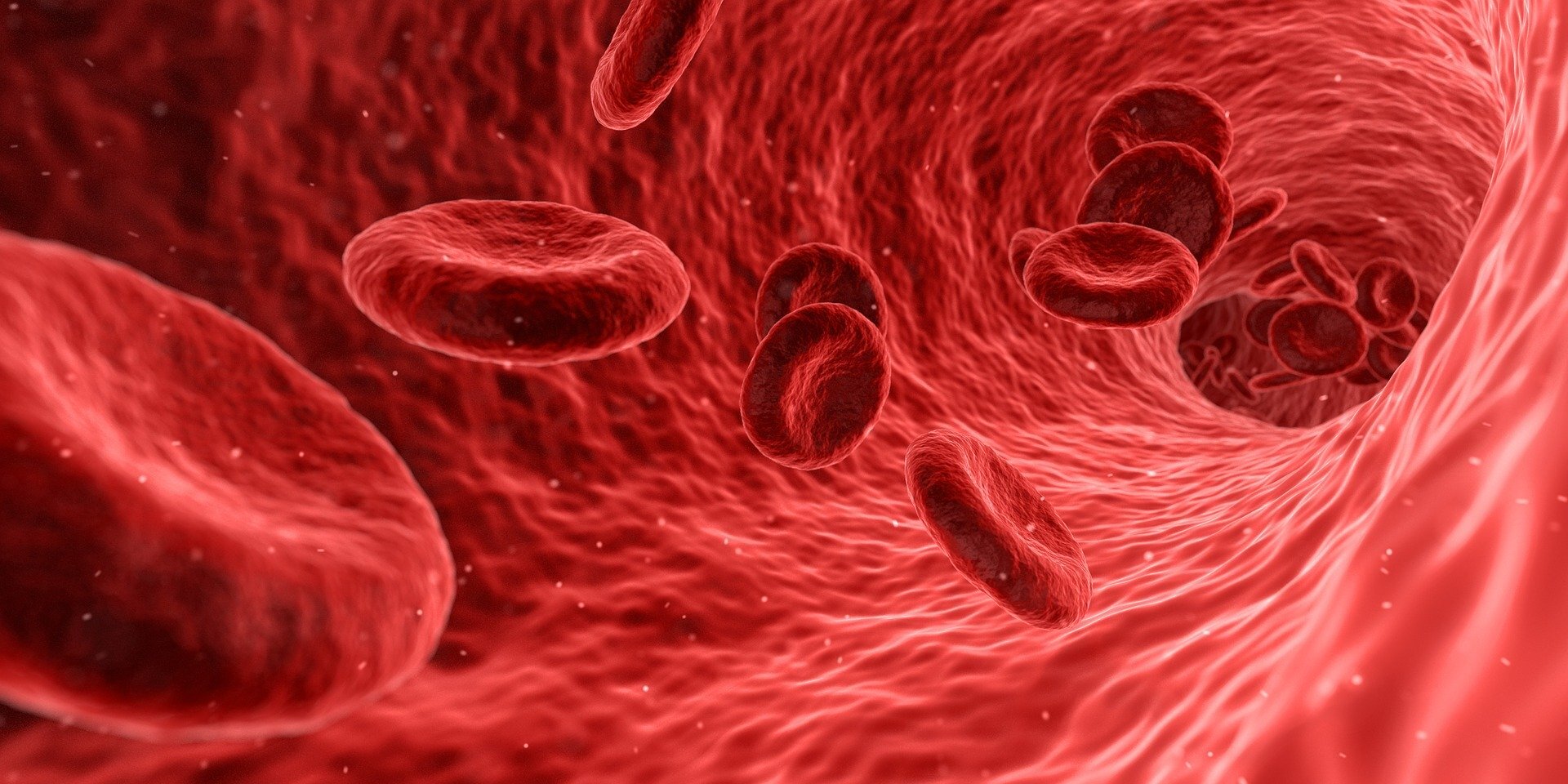High Blood Pressure seems to be as common these days as rain in February and the cause for it is often difficult to determine. What is most interesting is that two of the top 10 most prescribed pharmaceutical medications are used to treat high blood pressure. That makes HBP one of the leading chronic health conditions among humans including heart disease, diabetes and thyroid dysregulation.
DISCLAIMER:
If you are dealing with the condition of high blood pressure it is important to take your prescription medication according to the advice of your medical professional. This article and advice is in no way meant to substitute for the advice of your doctor. Before stopping or altering your medical or pharmaceutical routine you must seek the advice of your physician.
Okay – with that being said we can talk about two methods that have been shown in clinical studies to help improve blood pressure numbers, vascular health and circulatory conditions. These methods are cost-free and can be done anytime and anywhere. What are they?; 1) Nasal breathing and 2) Isometric Exercise.

NASAL BREATHING
Our breathing habits and patterns have an abundance of effects on our health including Autonomic Nervous System (ANS) regulation and activation of the parasympathetic system, vascular integrity, lung function and detoxification, cognition and mental clarity, nitric oxide production and circulation, deep sleep and relaxation, and more. When we breathe regularly through our noses rather than our mouths we set into motion all kinds of benefits that translate into improved health in many of the areas already mentioned. And, an added benefit is that when we breathe in and out through the nasal passage we are humidifying the mucous membranes on the exhale which creates a very healthy environment to protect us from environmental pathogens. A dry nasal environment can also make you susceptible to developing polyps and other issues that can cause snoring, sleep apnea and disrupted breathing patterns that contribute to imbalances in the body.
Try retraining your breathing by following this simple exercise 3 to 6 times per day to start. You will be amazed at how quickly your nervous system will re-regulate to keep you breathing in this resonant way without having to think about it! Here is how to do it:
- Sit or lie down in a comfortable position with your spine straight and your chin comfortably tucked so that you feel as straight of line as possible from your neck downward.
- Set a timer for 5 minutes
- Begin to breathe slowly in through your nose to the count of five followed immediately by an exhale through the nose to the count of five. (No need to hold at the top or exhale for longer periods of time as that is a different type of breathwork.)
- It is important to use the diaphragm for this breath work – making sure that on every inhale the tummy is rising and falling on the exhale. (I have a video posted on our website for proper diaphragmatic breathing technique.)
- Continue this breathing for a full five minutes. Repeat at least 3 times per day and more as needed. It is often quite good to do this resonant breathing upon waking in the morning and prior to sleep at night.

ISOMETRIC EXERCISE
This type of exercise is actually the easiest to do. It does not require any weights or equipment. It is not cardio so no need to go to the gym or take a run in the rain. You do not need to purchase special shoes or trainers or clothing or gear. You just simply use your own body to strengthen your own body. It’s also referred to as “resistance” exercise – which is ironic given the incidence of resistance many people feel towards exercise. 🙂
Isometric exercise is holding a contraction in the muscle with no movement in the surrounding joints. Different from weight lifting (isotonic) or stretching exercises like yoga and ballet, this type of exercise is generating strength through the static resistance.
The most common and simple isometric exercises include planking, wall sit, standing squat, dead hang and bridge lift. Here is how to do each of these:
Plank –
- Start in a push up position. If you have any shoulder or elbow issues you can come down to the forearm position resting your weight on the forearm.
- Hold the body in a straight line, with the forearms underneath the shoulders, keeping the core muscles tight.
- Start with holding this position for 10 seconds, and build up over time.
Wall sit –
- Stand around 2 feet in front of a wall, with the feet shoulder-width apart.
- Sink into a sitting position keeping the back flat against the wall.
- Bend the knees as if sitting on a chair, keeping tension in the core.
- Hold this position for as long as possible.
Standing squat –
- Stand with feet hip distance apart.
- Bend your knees and lower into a squat position as if you are going to sit in a chair.
- In the squat position you may hold your arms reaching forward to help with balance.
- Hold this position.
Dead hang – you will need a doorway pull up bar for this or you might find these bars in exercise areas at your local park.
- Grab a pullup bar with the hands shoulder-width apart.
- Cross the feet and lift them back off the ground so that the body is hanging in the air.
- Hold this position for as long as possible.
Bridge lift – my favorite!
- Lie on your back with the knees bent and feet planted flat on the floor. Relax your arms at your sides. Face palms up for more relaxation.
- Lift your hips away from the ground until the torso is a straight line and your glutes (butt muscles) feel tension.
- Hold this position while keeping your core muscles (Abs) and glutes engaged.
Holding one position — specifically, a wall sit — has been shown in studies to be better at lowering one’s blood pressure than running, cycling and other forms of cardio. The analysis found that eight minutes per day of resistance exercise, at least three times per week can lead to a healthy reduction in blood pressure. Link to study
For more information on how the food we eat and the movement we incorporate into our daily routines can improve our health, well-being, age-related issues and overall happiness factor – schedule an appointment with Maria, our food and fitness guru, to start your active lifestyle now!




